Are you looking for ways to make your primary residence mortgage tax-deductible? In this blog, we will explore a five-step process that can help you convert a non-tax-deductible primary residence mortgage into a tax-deductible one. By implementing this strategy, you can potentially save on interest payments and enjoy overall financial benefits.
Let’s dive into the details and explore how you can make the most of your mortgage.
Understanding the 5-Step Process
To begin the process, you would need to borrow against your home equity line of credit and use the funds to cover expenses related to a rental investment property. I advise you to also refer to my blog and my Youtube video where I discuss the 5 step process, requirements for your primary residence and concepts like a re-advanceable mortgage.
Analyzing Fixed vs. Variable Interest Rates
When considering this strategy, it is essential to compare the financial implications of a fixed interest rate mortgage versus a variable interest rate on your home equity line of credit. For example, let’s compare a fixed rate mortgage at 2.94% with a variable interest rate on the home equity line of credit at 7.45%. I suggest implementing this strategy for a duration of five years, which is typically the duration of a mortgage term. Beyond that, it may not be as beneficial due to the expiration of the fixed-rate mortgage.
Recent Analysis for the High-Interest Rate Environment
In my recent YT video, I do a detailed analysis on whether you should be applying the 5-step process in a high-interest rate environment.
Leveraging Rental Income and HELOC to Pay Off Your Mortgage
One of the key steps in this strategy is utilizing rental income to pay down your primary residence mortgage. By allocating rental income towards making prepayments, you can lower the outstanding balance of your mortgage and reduce the amount paid towards interest.
By leveraging a line of credit to pay for rental expenses and strategically managing rental income, you can achieve substantial interest savings and financial benefits. For instance, with a variable interest rate, the cumulative net saving by year five could amount to approximately $19,000, while the mortgage balance would be significantly reduced. Additionally, by implementing the five-step process, the mortgage balance is reduced to $419,000, compared to $701,000 without the process.
Financial Implications of Taking No Action
If you choose not to take any action with your primary residence mortgage, you would accumulate a significant amount of non-tax-deductible interest each year. However, by applying the five-step process, you can use rental income to make prepayments on your mortgage, effectively converting a portion of it into a tax-deductible one. While there are some costs involved in this process, the interest savings and overall financial benefits over time can be substantial.
With careful planning and implementation of this five-step process, turning your non-tax deductible mortgage into a tax deduction machine is entirely possible.
Until next time, happy Canadian Real Estate Investing.
Cherry Chan, CPA, CA
Your Real Estate Tax Accountant
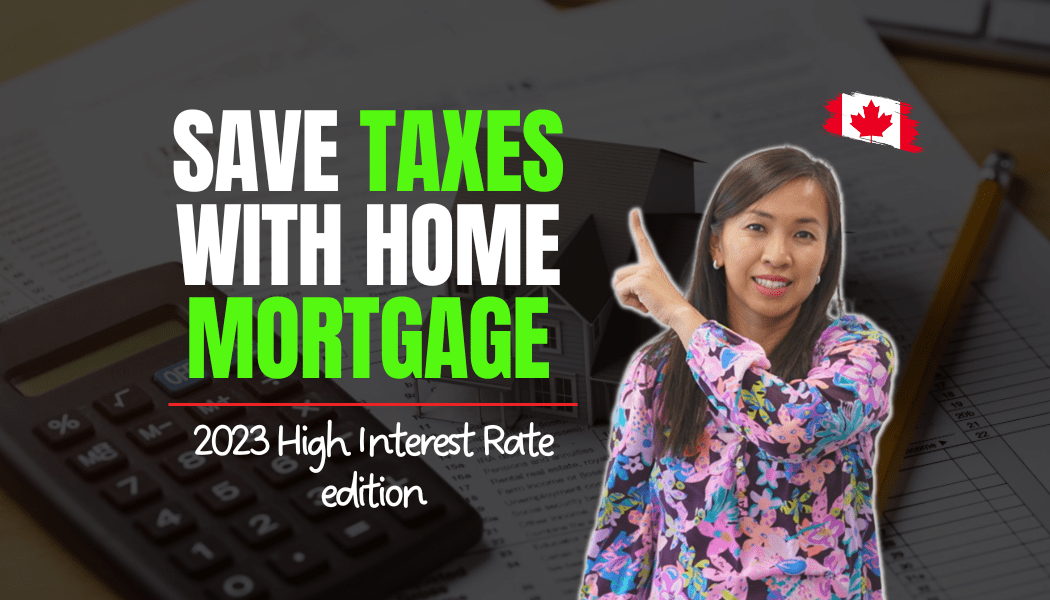
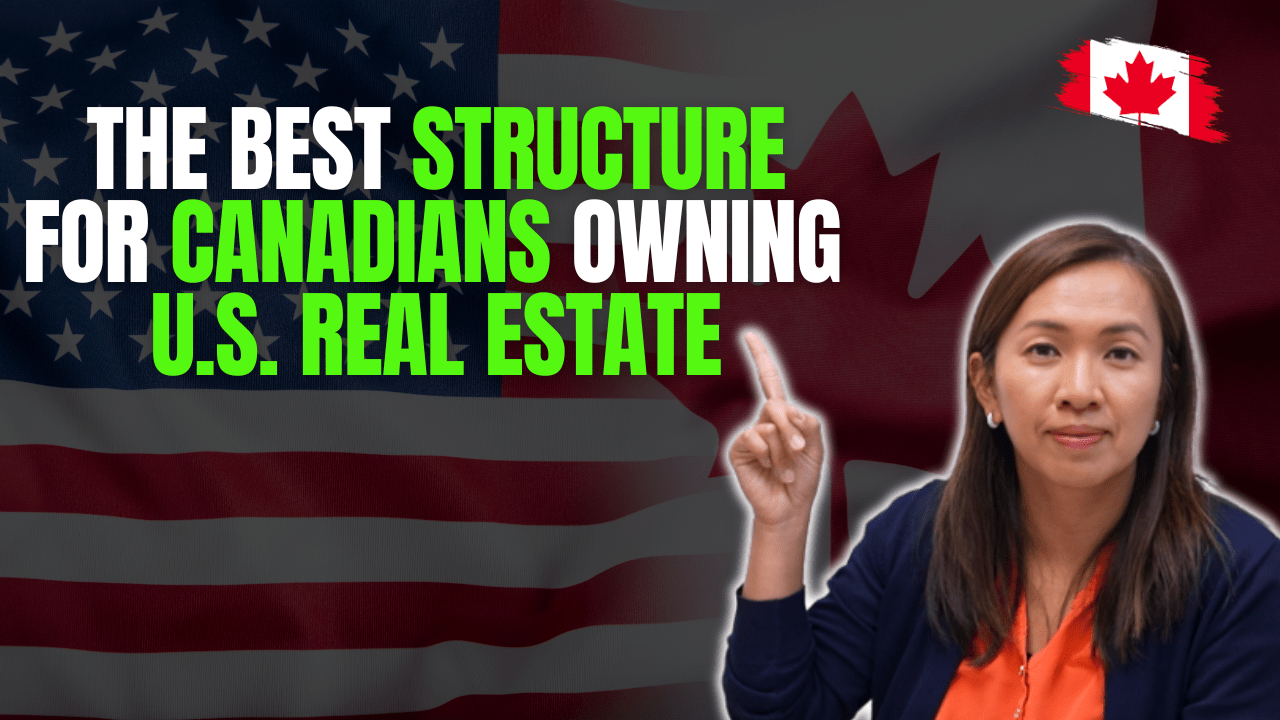

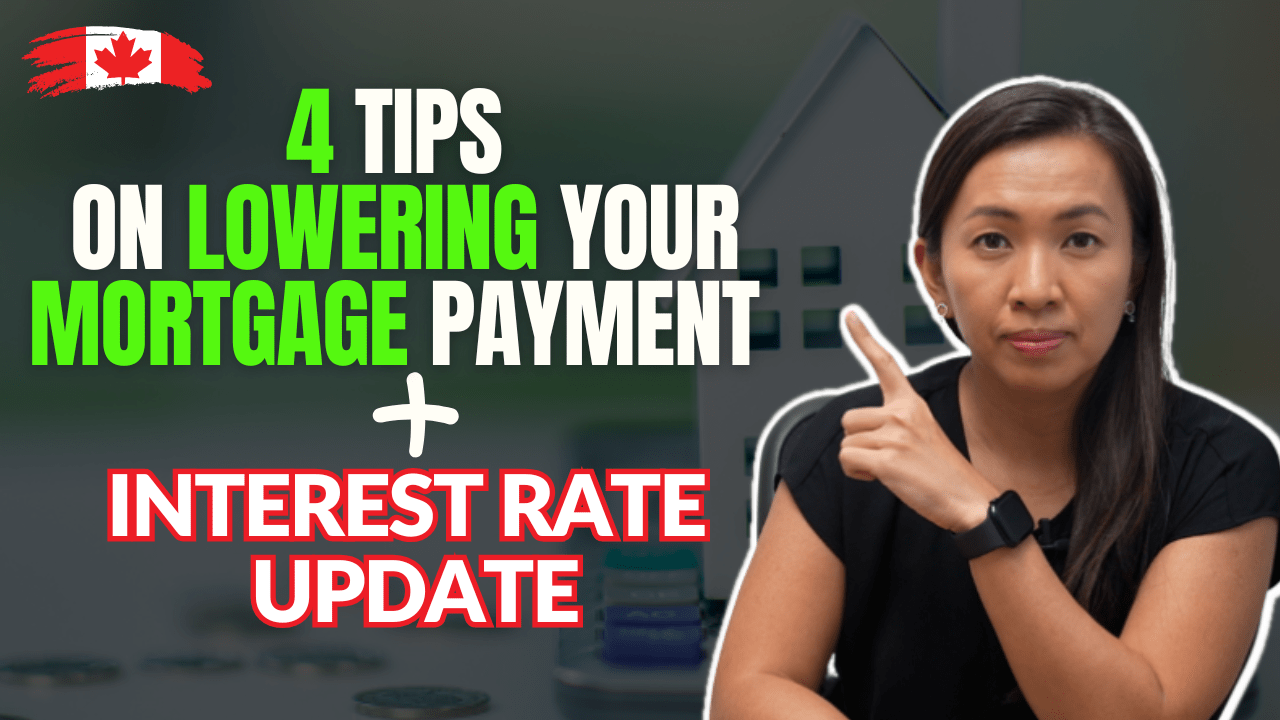
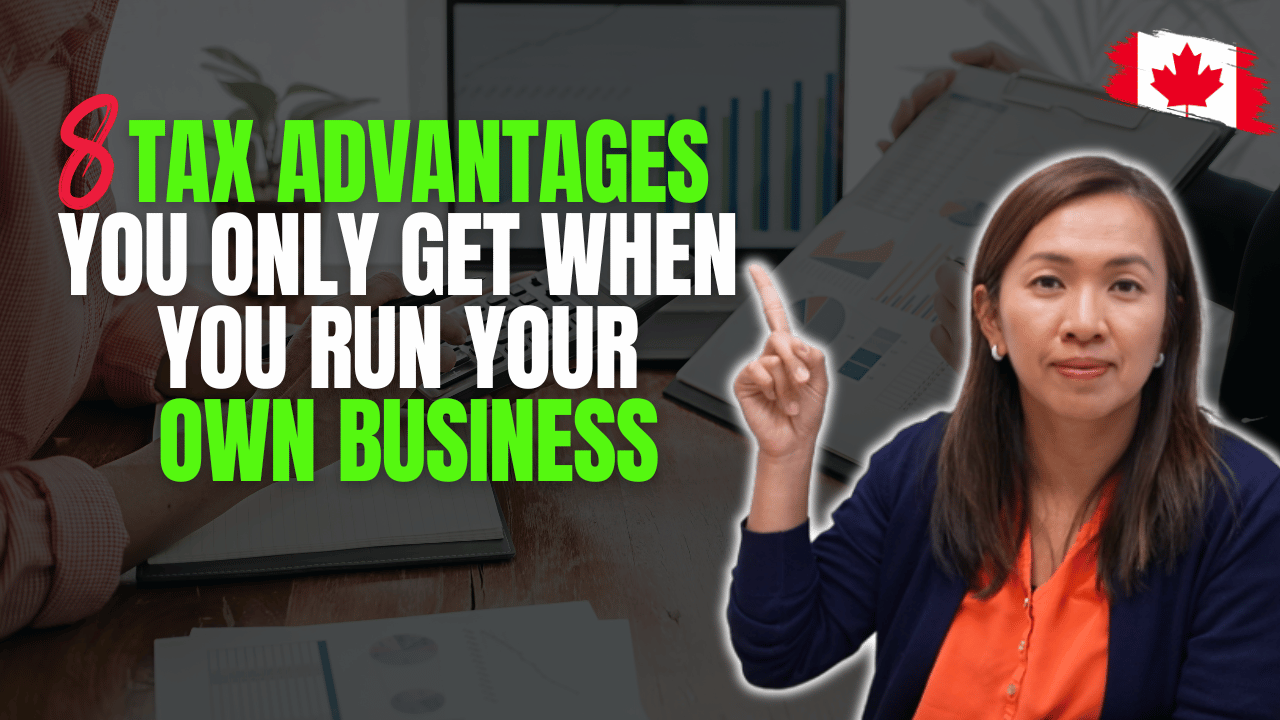
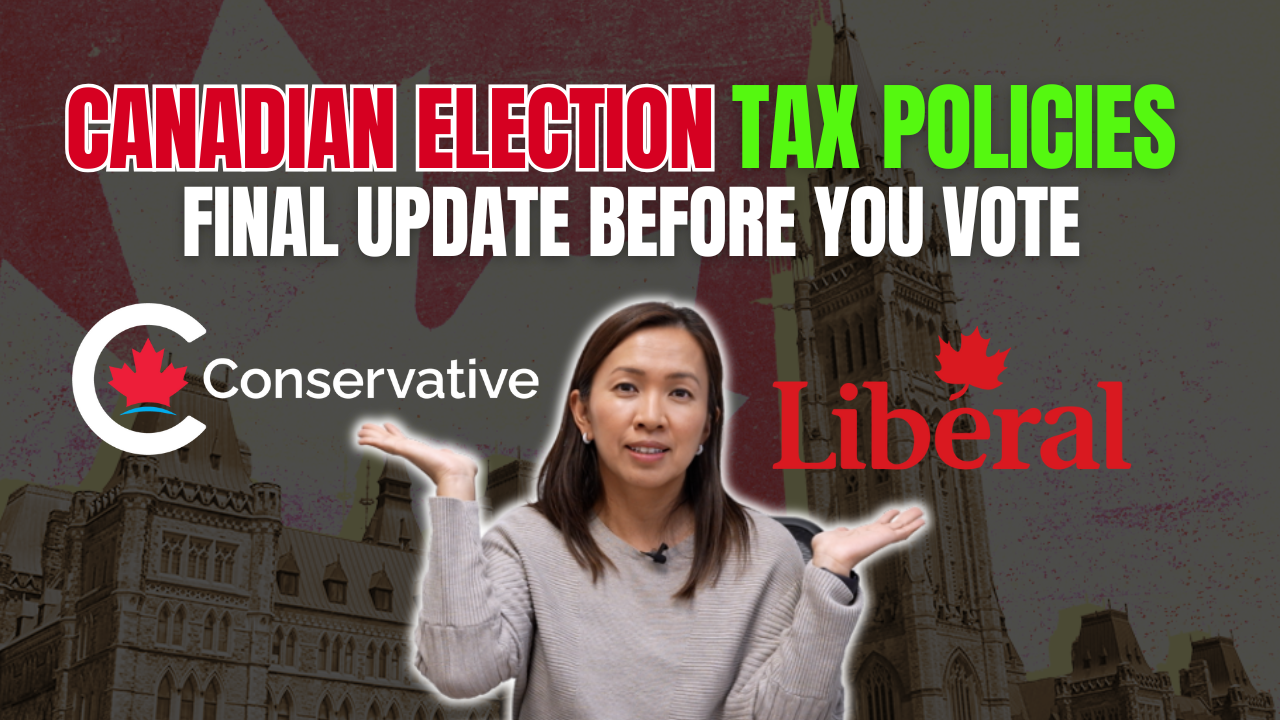
Adeshina
I would like to have a chat with you regarding the accounting of my real estate portfolio. How can I get your services.
Cherry
Hi Adeshina, For any questions or consultation, please contact our office at 416-548-4228 or email us at admin@cccpa.ca and we will be sure to take care of you. Thanks!